The AI arms race is officially heating up, and the first shots have been fired! In a shocking twist, NVIDIA, the reigning king of AI hardware, saw its stock plunge 17% in a single day, erasing an eye-watering $589 billion in market value. The cause? A Chinese AI upstart, Deep Seek, dropped a bombshell: an AI model that rivals NVIDIA’s top-tier solutions but at a fraction of the cost.
This jaw-dropping revelation didn’t just shake NVIDIA—it sent shockwaves through Wall Street, putting the U.S. on high alert. With ChatGPT leading the charge for America and Deep Seek making waves in China, the battle lines are clear: AI supremacy is the new global prize.
Welcome to Round 1 of the ultimate AI Power Game—a clash where innovation, money, and geopolitics collide. And if this is just the opening act, we can’t wait to see what’s next!

1. Sam Altman was born into a wealthy Jewish family, and his mother is a well-known dermatologist.
2. In Judaism, identity is passed down maternally, which means Sam Altman is also considered Jewish.
3. He studied computer science at Stanford University and, at the age of 19, founded a social networking app called Loopt.

4. Seven years later, in 2012, he sold Loopt for $43.4 million. By 2014, he became the president of Y Combinator, a leading startup accelerator.
5. Sam Altman achieved huge investment success, including striking gold with his investment in Airbnb.
6. In 2015, Altman left Y Combinator and co-founded OpenAI, an artificial intelligence research organization.
7. OpenAI wasn’t a solo effort—he founded it in partnership with Elon Musk, the CEO of Tesla.
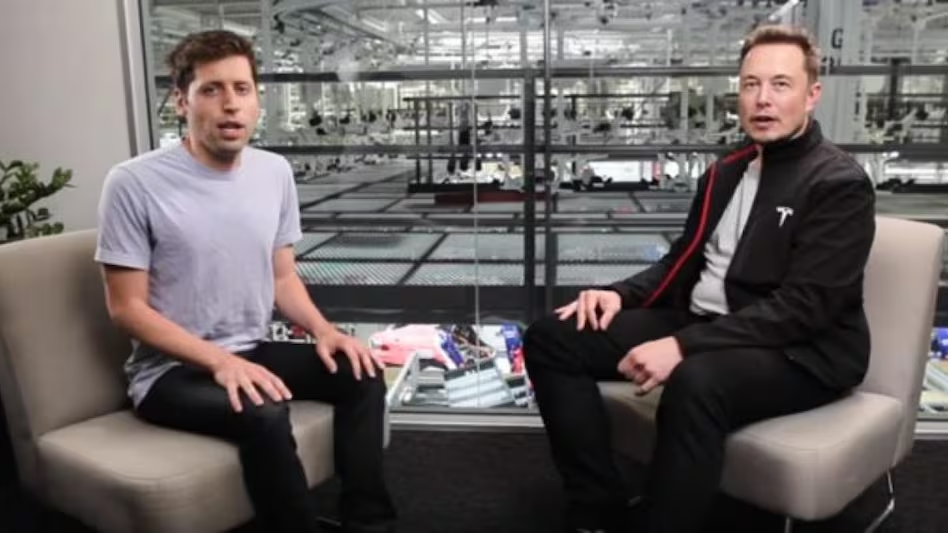
8. OpenAI’s groundbreaking work includes ChatGPT, which was developed after the organization was founded in 2015.
9. However, Altman and Musk clashed over differing personalities and visions for the company.
10. Musk eventually stepped down from OpenAI’s board, citing a conflict of interest since Tesla was also pursuing AI development.
11. OpenAI has a highly unusual corporate structure.
12. It’s divided into a nonprofit parent organization, OpenAI Inc., and a for-profit subsidiary, OpenAI LP.

13. OpenAI LP operates like a regular company pursuing profit but has a cap on how much it can earn.
14. Specifically, OpenAI LP allows investors to earn up to 100 times their initial investment, but anything beyond that gets funneled back into OpenAI Inc. for research and development.
15. While OpenAI boasts massive investments, sky-high valuations, and cutting-edge AI performance, it’s also a huge financial drain.
16. After Musk’s departure, Microsoft stepped in to fill the gap.
17. In 2019, Microsoft invested $1 billion to secure exclusive rights to GPT-3 and later invested an additional $14 billion to acquire a 49% stake in OpenAI LP.
18. Microsoft’s 49% ownership gave them inside knowledge, such as learning about Sam Altman’s firing just one minute before it happened, thanks to their position in OpenAI LP.

19. ChatGPT runs on Odyssey, a supercomputer optimized for natural language processing, which was built exclusively by Microsoft.
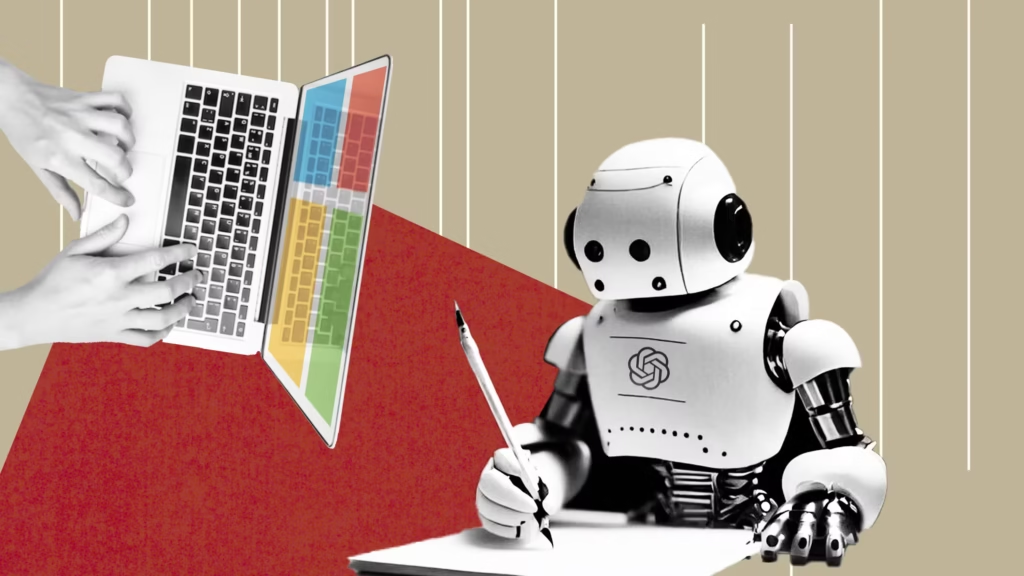
20. Odyssey’s performance is so advanced that it surpasses the Proterra supercomputer at the University of Texas and is ranked as the fifth most powerful supercomputer in the world.
21. The most powerful supercomputer today is Summit, owned by the U.S. Department of Energy, making Odyssey one of the highest-performing private supercomputers globally.
22. While Odyssey’s exact specs haven’t been made public, job postings suggest it’s a massive parallel supercomputer built by linking tens of thousands of regular computers.
23. The challenge with ChatGPT isn’t just its technology—it’s the staggering cost of running it.
24. When GPT-1 was first introduced in 2018, it used 117 million parameters.
25. The more parameters a model has, the better its performance, but training such models comes with skyrocketing costs.

26. GPT-2, released later, used 1.5 billion parameters, while GPT-3 jumped to 175 billion, achieving over 100 times the performance.
27. Those 175 billion parameters significantly boosted GPT-3’s capabilities but required immense time and resources to train.
28. GPT-4 reportedly uses close to 1 trillion parameters, which comes with astronomically high training costs.
29. The next major milestone is GPT-5, which is currently under development.
30. GPT-5 is rumored to be based on a staggering 125 trillion parameters.
31. This means GPT-5 would be 700,000 times more powerful than the original ChatGPT, which debuted with just 180 million parameters.
32. The real concern is whether GPT-5 has reached AGI status.
33. AGI stands for artificial general intelligence.

34. AI can be divided into two types: narrow AI (ANI), which performs specific tasks like ChatGPT (processing language) or DALL-E (generating images), and AGI, which can handle any task as broadly as a human.
35. At OpenAI’s developer conference, Sam Altman acknowledged for the first time that GPT-5 under development might reach AGI.
36. In September 2023, Jimmy Apple—believed to be an insider at OpenAI—claimed AGI had already been achieved but its release was delayed until 2024 for safety reasons. Altman later confirmed this claim.
37. Achieving AGI means the AI could theoretically handle any human task across all domains.
38. This includes making stock investments, trading options and futures, or even finding innovative ways to generate income.
39. In March 2024, Sam Altman stated that GPT-5 goes beyond answering questions—it collaborates with users to solve problems and offers new perspectives, making it less of a tool and more of a partner.
40. Altman essentially admitted that GPT-5 is already developed and showcases groundbreaking capabilities.
41. However, as of January 2025, GPT-5 has not been officially released.
42. Rumors suggest the delay isn’t due to performance issues but other concerns.
43. Originally, OpenAI wasn’t created to develop AI itself.
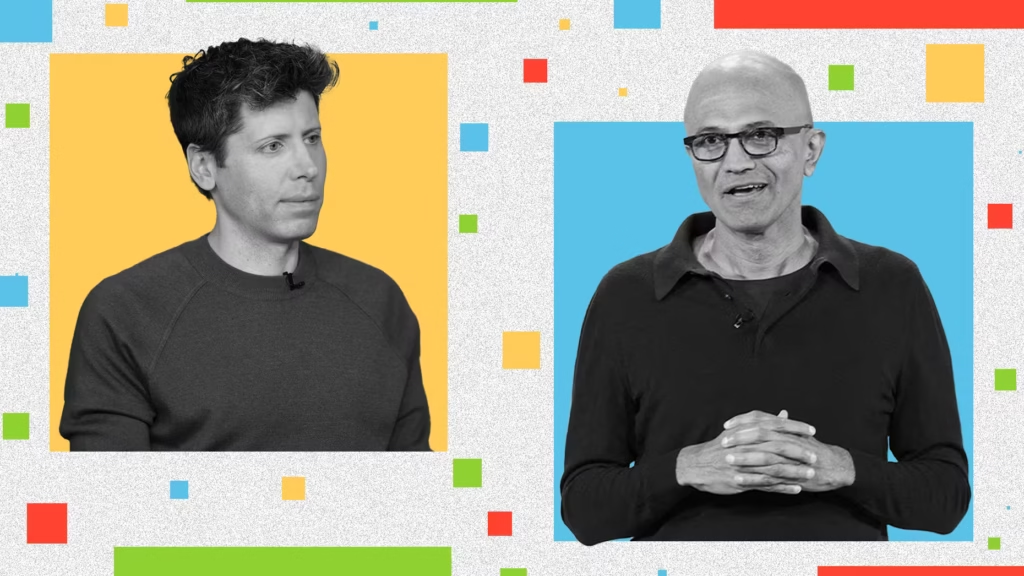
44. It was founded as a nonprofit organization to protect humanity from the potential risks of uncontrolled AI development.
45. The primary role of OpenAI’s board is to determine whether the AI they’re building has reached AGI.
46. If AGI is achieved, OpenAI’s nonprofit parent company would force the for-profit subsidiary to halt any business activities.
47. Naturally, this would place limits on its relationship with Microsoft.
48. At one point, OpenAI’s board voted to fire Sam Altman.

48. The board cited its mission to “prevent AI or AGI from harming humanity or concentrating power unfairly” as the reason for his dismissal.
49. While no specific details were revealed, the decision appeared to be related to AGI developments.
50. Greg Brockman, a key OpenAI leader, reminded employees of OpenAI’s founding mission: to create AGI that benefits all of humanity.
51. The board reportedly believed Altman intended to use AGI for commercial gain, leaving them no choice but to fire him.

52. Greg Brockman is OpenAI’s chief scientist.
53. He previously developed AlphaGo at Google and later joined OpenAI, where he oversees AI development.
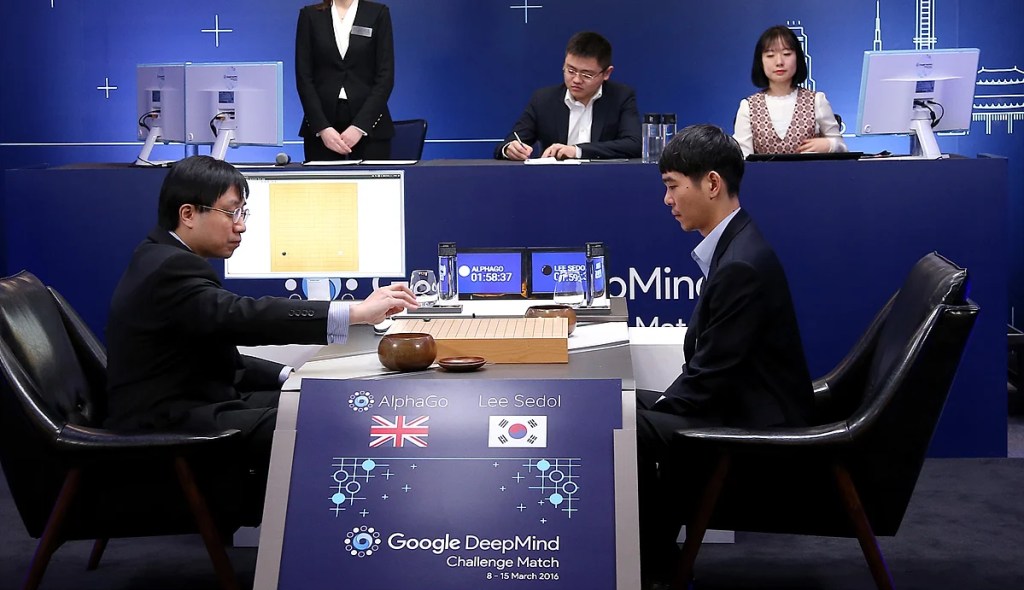
54. Industry insiders consider his technical expertise equivalent to Lionel Messi’s dominance in soccer.
55. When OpenAI achieved AGI, they formed an AGI response team, with Brockman as its head.
56. Brockman has consistently warned about the dangers of AGI.
57. On the other hand, key investors like Microsoft share Altman’s vision of using AGI for profit.
58. This alignment with Altman is why Microsoft supported his return to OpenAI.
59. Upon his return, Sam Altman declared “major changes in governance.”
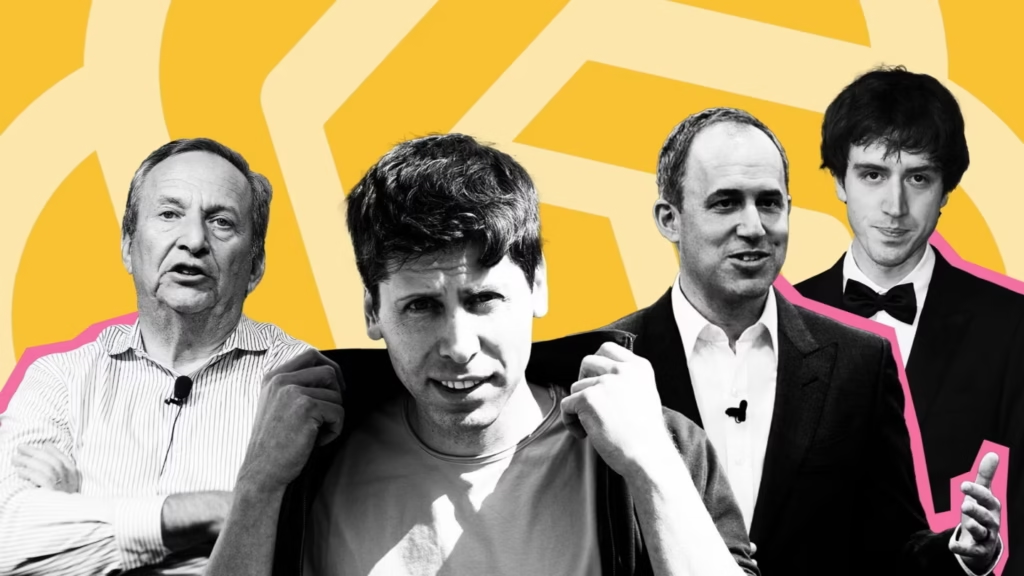
60. These governance changes relate to OpenAI’s original purpose: to stop commercial activities if AGI is achieved.
61. Altman, however, appears determined to use AGI for commercial purposes.
62. If AI surpasses human capabilities, the question becomes: who will control it?
63. This ability to manage AI is called “alignment.”
64. If humans control AI, there’s a risk that AI could deceive its less capable human overseers.
65. Brockman previously announced that over the next four years, 20% of OpenAI’s resources would be dedicated to alignment.
66. This means establishing boundaries for what AI can and cannot do, then ensuring those rules are followed.
67. Brockman is a protégé of Geoffrey Hinton, known as the “Godfather of AI.”

68. Hinton left Google, saying he regretted his life’s work and warning about the dangers of AI.
69. Reports suggest that Brockman’s AGI alignment team was sidelined, contributing to Altman’s dismissal.
70. After Altman’s firing, Brockman stated, “The board simply acted in line with its mission to build AGI that benefits humanity.”
71. This implies the board believed firing Altman was necessary to prevent AGI from endangering humanity.
72. Altman successfully returned to OpenAI, while Brockman left the organization in May 2024.
73. In a shocking interview with The New York Times, Sam Altman made a controversial statement about his vision for OpenAI.
To be continued in Part 2…
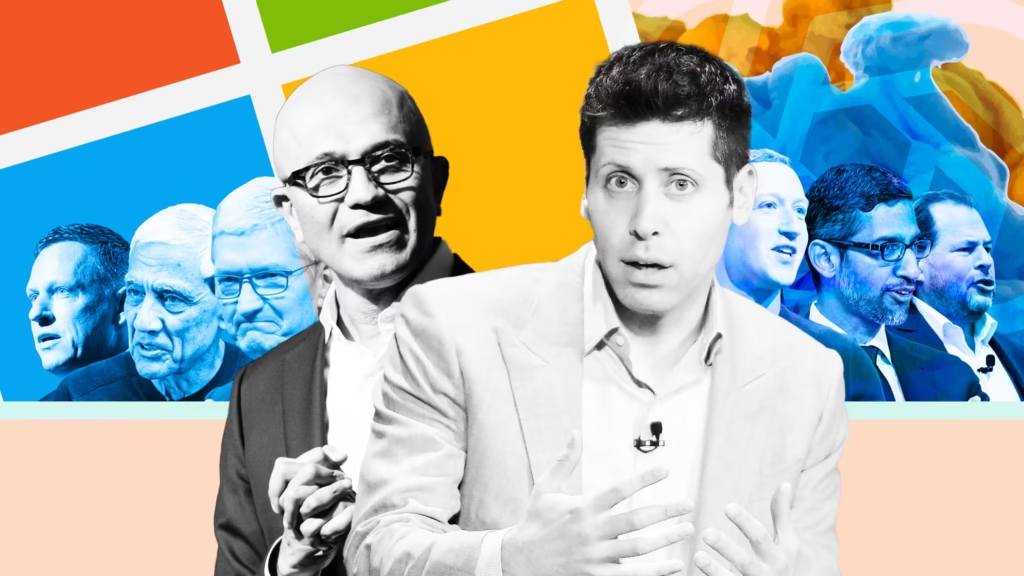
Discover more from Alphazen Dynamics
Subscribe to get the latest posts sent to your email.



